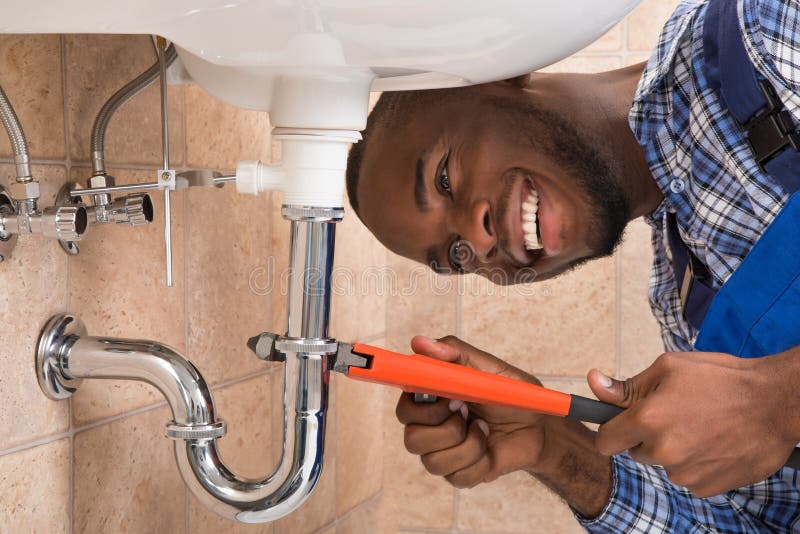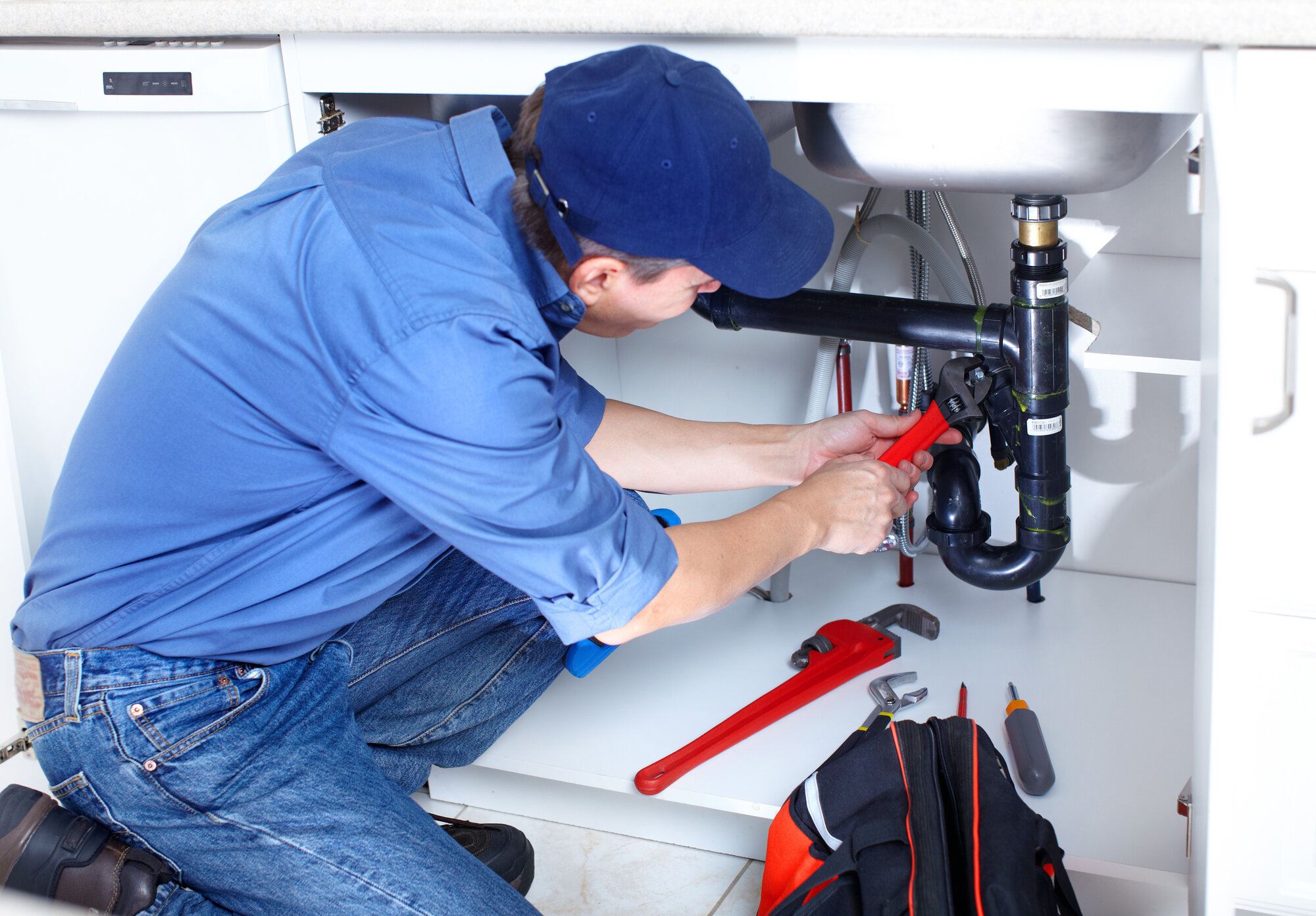A Detailed Overview to Effective Hot Water Heater Installation for Optimal Efficiency
Beginning on the task of setting up a hot water heater is an endeavor that requires precision and a systematic strategy for attaining ideal performance. The procedure begins with the critical decision of selecting the ideal heater tailored to the particular demands of your house, taking into consideration aspects such as kind, energy, and dimension source. Once picked, preparing the setup location to satisfy safety and security requirements is paramount. Nonetheless, the journey does not end below. As you proceed, the details of linking water supply lines and establishing up trusted electric or gas links wait for, promising understandings into making sure efficiency and dependability.
Picking the Right Hot Water Heater

Next, take into consideration the dimension and capacity of the hot water heater. It's essential to assess your home's warm water demands, which can differ based upon the number of residents and their use patterns. A device that's also small may result in inadequate warm water, while an extra-large version might result in unnecessary energy usage.
Effectiveness rankings additionally play a crucial duty in selection. Look for water heaters with high Energy Element (EF) ratings, suggesting premium efficiency and minimized power use. Tankless versions, though typically more expensive upfront, deal considerable energy savings in time due to their on-demand heating capacities.
Preparing the Installment Location
Before mounting a new water heater, careful preparation of the installment area is important. It's crucial to determine the space very carefully to accommodate the water heating unit's dimensions, making sure ample clearance around the system for reliable operation and maintenance.
Next, eliminate any type of particles, dirt, or obstructions from the site to produce a tidy environment. Inspect the flooring for security, as the water heating system will need a solid, level surface area to run efficiently. If needed, mount a drip pan beneath the unit to capture possible leakages or spills, preventing water damage to the surrounding area. In regions vulnerable to seismic activity, consider installing seismic straps to secure the heater firmly in location.
Additionally, make sure that all required tools and materials get on hand prior to beginning the setup. This includes items such as wrenches, screwdrivers, a degree, and any type of added equipment required for protecting the heating unit and mounting. A well-prepared installation location sets the foundation for a successful water heating system arrangement, enhancing performance and safety and security.
Connecting Water Lines
When linking supply of water lines to your newly installed water heater, it is crucial to ensure that all links are safe and leak-free to keep effective operation and stop water damage. Begin by recognizing the chilly and warm water lines. The chilly water inlet is commonly noted with a blue tag or a "C", while the warm water electrical outlet is noted with a red tag or an "H".
Usage versatile hot water heater adapters to facilitate a much easier setup procedure. These ports can soak up vibration and enable small activity, decreasing the threat of leaks. Prior to connecting the adapters, place a plumber's tape around the threaded ends of the hot water heater's inlet and electrical outlet pipes - Plumbing Services Alabaster AL. This tape serves as a sealer, preventing leaks. Very carefully connect the versatile pipes to the corresponding inlet and outlet, making sure that they are limited but not over-tightened, which can harm the threads.
As soon as links are in place, slowly turn on the primary water system shutoff. Evaluate each link for leakages by aesthetically really feeling and checking for wetness. Tighten connections as needed, and make sure the stress safety valve is properly set up, securing against extreme pressure build-up.
Establishing Electrical or Gas Connections
Correctly useful site establishing the electrical or gas connections for your water heater is an essential step to ensure secure and effective procedure. For electrical hot water heater, begin by verifying that the electric circuit works with the heating system's voltage and amperage demands. Ensure the power supply is shut off at the circuit breaker to avoid crashes. Link the electrical wires to the heating system complying with the producer's wiring layout. Normally, this entails attaching the ground cable to the green terminal, and the continuing to be cables to their corresponding terminals, safeguarding each with cable nuts.
For gas water heating units, safety and security is critical. Attach check my source the gas line to the water heater utilizing an adaptable gas connector, ensuring it is effectively threaded and sealed with pipe joint compound or Teflon tape ideal for gas connections.
Once connections are made, evaluate for any prospective leakages. For gas lines, apply a soapy water option to the joints; bubbles show a leakage. For electrical connections, confirm that all electrical wiring is safe and secure and properly protected, preserving conformity with neighborhood electric codes.
Testing and Changing for Performance
With the electric and gas links safely in place, the following action is reviewing the functional performance of your water heating unit. Begin by thoroughly turning on the water supply and guaranteeing there are no leaks at any of the shutoffs or joints.
Next, carry out a detailed assessment to make sure the heating elements or burner are working correctly. For electrical heating units, utilize a multimeter to validate if the aspects are attracting the suitable current. In gas versions, observe the burner fire; it must be blue and stable, showing efficient burning.
Change the setups as required to eliminate inadequacies. Think about implementing insulation procedures, such as adding a hot water heater blanket, to better improve efficiency by reducing warmth loss. In addition, inspect the anode pole's condition, as a tatty rod can lower effectiveness and bring about storage tank corrosion.
Conclusion
Reliable water heater installment is critical for making sure optimum performance and energy financial savings. my link By selecting the proper kind and size, and meticulously preparing the installation area, a foundation for success is established. Safely attaching supply of water lines and very carefully establishing electrical or gas connections lessen possible issues. Complete screening for leakages and exact thermostat changes to 120 ° F enhance dependability and performance. Abiding by these actions promotes long-term performance and energy preservation in property water heating unit.

Effectively setting up the electrical or gas connections for your water heater is a critical step to guarantee risk-free and effective procedure. For electrical water heating systems, start by validating that the electric circuit is suitable with the heating system's voltage and amperage needs. Attach the gas line to the water heating system making use of an adaptable gas port, guaranteeing it is effectively threaded and secured with pipeline joint compound or Teflon tape ideal for gas links.